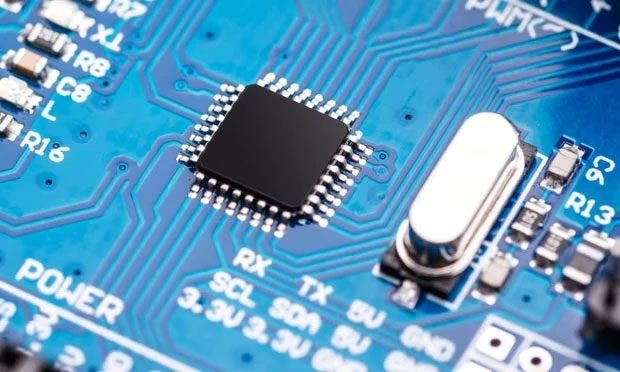These chips are predicted to deliver unprecedented benefits such as extremely high performance and ultra-fast cooling capabilities.
Heat is considered the “number one enemy” of all types of devices. From light bulbs and vehicles to nuclear reactors, everything needs cooling to operate sustainably and to prevent fires and explosions.

Cooling is considered a challenging issue for chip manufacturers today. (Photo: Ag5).
For semiconductor chips, the situation is no different. According to expert Rahul Manepalli from Intel, a chip measuring nearly 26 cm2 can emit up to 1,000 W of heat, equivalent to that of a hair dryer. Therefore, to achieve higher performance without malfunctioning, cooling must be prioritized.
To address this issue, chip manufacturers in Silicon Valley are searching for materials with better cooling capabilities to replace silicon in microchips. Among these, synthesized diamond and ultra-pure glass are considered the most promising.
Diamond Cooling and Glass for Enhanced Durability
The most feasible solution is to develop conventional chips by removing the non-circuit silicon base and attaching the rest to a diamond crystal.
Capitalizing on this trend, the American company Diamond Foundry has recently successfully produced artificial diamond wafers with a diameter of 10.16 cm, less than 3 mm thick, which can be attached to silicon chips.

Artificial diamond wafers can help chips cool quickly. (Photo: Diamond Foundry).
“Semiconductor chips made from diamond can operate at clock speeds double the manufacturer’s specifications. Our engineers have even tripled the clock speed of one of the strongest chip lines produced by Nvidia,” said Martin Roscheisen, CEO of Diamond Foundry.
Mr. Roscheisen mentioned that the company is in discussions with leading chip manufacturers around the world, along with numerous defense corporations and electric vehicle manufacturers, to help their products operate faster and smaller.
Fortunately, the price of synthetic diamonds is decreasing. Each wafer now costs roughly the same as a silicon carbide wafer, a material commonly used in electric cars.
In addition to Diamond Foundry’s single-crystal diamond wafers, another option is polycrystalline diamond, which is easier to synthesize. Coherent, a company based in Pennsylvania, specializes in producing this type of material for laser applications.

Ultra-pure glass substrates enhance the durability of chips used by Intel. (Photo: Intel).
Meanwhile, Intel is pursuing a method of mounting chips on ultra-pure glass substrates. Glass does not aid in cooling but ensures that semiconductor chips do not fail as sizes increase and energy consumption grows.
The glass substrate also provides high connection density, allowing chip components to communicate faster without increasing power consumption.
Intel engineers have demonstrated the effectiveness of this technology under laboratory conditions. The company plans to launch its first chip using ultra-pure glass substrates after 2025.
Completely Eliminating Silicon
Experts predict that in the future, we may be able to completely eliminate silicon from microchips.
In addition to diamond and glass, another potential candidate is boron arsenide, known as the third-best material in the world for heat dissipation.

Future chips may completely eliminate silicon in microcircuits. (Photo: Cseh Ioan/Alamy).
Moreover, while diamond is an insulator, boron arsenide is a semiconductor, just like silicon. Thus, this material can be used to create microchips.
Notably, boron arsenide crystals are very effective at moving around positively charged quasi-particles known as “holes.” This will create feasible computing logic that is not widely used today.
Chips made from boron arsenide are predicted to usher in a new era for the chip industry with unprecedented benefits such as extremely high performance and ultra-fast cooling capabilities.





















































